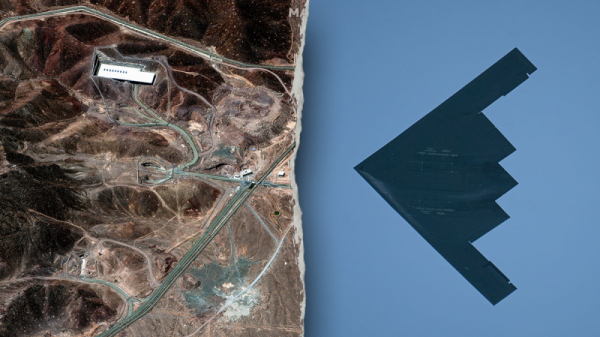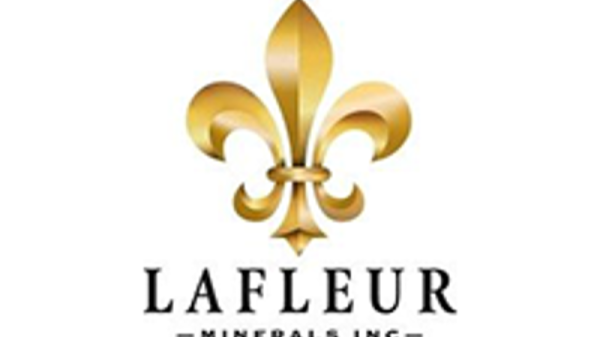Often called the father of mathematics, Archimedes was one of the most famous inventors in ancient Greece, with some of his ideas and principles still in use today.
But one fabled device has left scientists speculating on its existence for hundreds of years — the death ray. Now, a middle schooler may have some answers.
Brenden Sener, 13, of London, Ontario, has won two gold medals and a London Public Library award for his minuscule version of the contraption — a supposed war weapon made up of a large array of mirrors designed to focus and aim sunlight on a target, such as a ship, and cause combustion — according to a paper published in the January issue of the Canadian Science Fair Journal.
The Greek polymath has fascinated Sener since he learned of the inventor during a family vacation to Greece. For his 2022 science project, Sener recreated the Archimedes screw, a device for raising and moving water. But he didn’t stop there.
Sener found the death ray to be one of the more intriguing devices — sometimes referred to as the heat ray. Historical writings suggested that Archimedes used “burning mirrors” to start anchored ships on fire during the siege of Syracuse from 214 to 212 BC.
“Archimedes was so ahead of his time with his inventions. And it really did revolutionize technology at that time, because Archimedes was thinking about stuff that no one actually had before,” Sener said. “(The death ray) is such a neat idea that no one at that time would have thought of.”
There is no archaeological evidence that the contraption existed, as Sener noted in his paper, but many have tried to recreate the mechanism to see if the ancient invention could be feasible.
Miniature death ray
In Sener’s attempt at the ray, he set up a heating lamp facing four small concave mirrors, each tilted to direct light at a piece of cardboard with an X marked at the focal point. In this project he designed for the 2023 Matthews Hall Annual Science Fair, Sener hypothesized that as the mirrors focused light energy onto the cardboard, the temperature of the target would increase with each mirror added.
In his experiment, Sener conducted three trials with two different light bulb wattages, 50 watts and 100 watts. Each additional mirror increased the temperature notably, he found.
“I wasn’t exactly sure how the results would come out due to there being lots of different results with this topic, but I did expect that there would be increases in heat — but not as drastic as I found when I actually did my experiment,” Sener said.
The temperature of the cardboard during with just the heating lamp and the 100-watt light bulb and no mirrors was about 81 degrees Fahrenheit (27.2 degrees Celsius). After waiting for the cardboard to cool, Sener added one mirror and retested. The focal point’s temperature increased to almost 95 F (34.9 C), he found.
The greatest increase occurred with the addition of the fourth mirror. The temperature with three mirrors aimed at the target was almost 110 F (43.4 C), but the addition of a fourth mirror increased the temperature by about 18 F (10 C) to 128 F (53.5 C).
Writing in the paper, Sener said he found these results to be “quite remarkable as it suggests that light is going in all directions and that the shape of the concave mirror focuses the light waves onto a single point.”
Praising Sener for insights into Archimedes’ death ray, Cliff Ho, a senior scientist at Sandia National Laboratories, said the project is “an excellent evaluation of the fundamental processes.” The facility is an engineering and science laboratory with the US Department of Energy’s National Nuclear Security Administration in Albuquerque, New Mexico.
While the experiment doesn’t offer “anything significantly new to the scientific literature … his findings were a nice confirmation of the first law of thermodynamics,” which states energy or heat can be transferred, Ho said. The scientist had proposed a conference in 2014 on the death ray, concluding the idea was possible but would have been difficult for Archimedes to pull off.
Sener was not attempting to light anything on fire, as “a heating lamp does not generate anywhere near enough heat as the sun would,” he said. But he believes that with the use of the sun’s rays and a larger mirror, “the temperature would increase even more drastically and at a faster rate” and “would easily cause combustion.”
More theories on the death ray
Every two years, the Olympic torch is set ablaze using a curved parabolic mirror that concentrates sunlight into one point. Once the torch is put in that focal point, the sun’s rays ignite the torch. It is not widely believed that Archimedes used a single parabolic mirror, as it cannot be aimed the same way a flat mirror can.
Archimedes’ death ray is more commonly speculated to have been an array of several mirrors or polished shields. However, this theory is often discredited due to the idea that ships would be moving during battle. In order for the vessels to ignite from heat generated by the mirrors, they would have needed to be stationary and anchored near shore, said Thomas Chondros, a retired associate professor with the department of mechanical engineering and aeronautics at Greece’s University of Patras. Chondros has studied Archimedes and his inventions.
The Discovery Channel series “MythBusters” featured episodes in 2004, 2006 and 2010 testing out scenarios for the purported death ray but ultimately declared the legend to be a myth when each test failed to light a wooden boat on fire. In 2005, a class of students at the Massachusetts Institute of Technology, inspired by the show’s first episode, was able to ignite a wooden boat once with a similar technique to Sener’s on a larger scale, but failed on a second attempt.
Sener said he believes that combining MIT’s findings with his own, the data could suggest the death ray was plausible, and Archimedes likely could have used the sun’s rays with large mirrors to cause combustion. But the technology may not work in cold temperatures or cloudy weather, and the sea’s impact on the ships’ motion affects the practicality of this device, he added in his paper.
Despite the limitations for the practicality of the death ray, Chondros found Sener’s project to be “interesting and well documented” and the teen’s experimental setup could “form the base of a discussion for young students, even University students,” he said in an email.
Sener’s mom, Melanie, was not surprised by her son’s choice in science project. “He has always been fascinated with history, with science, with nature. … He’s always had a thirst for any form of education and knowledge,” she said.
Sener could see himself one day being a scientist, whether it be in engineering, bioengineering or medicine, he said.







































